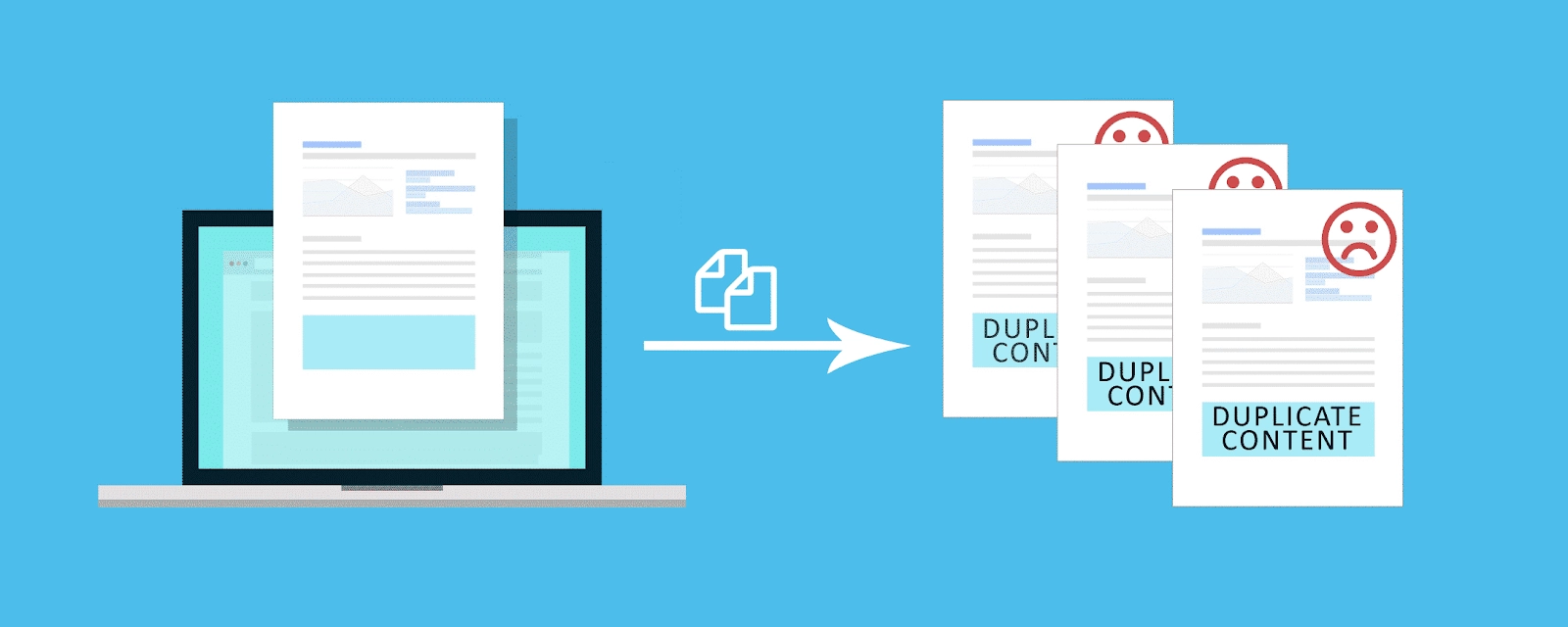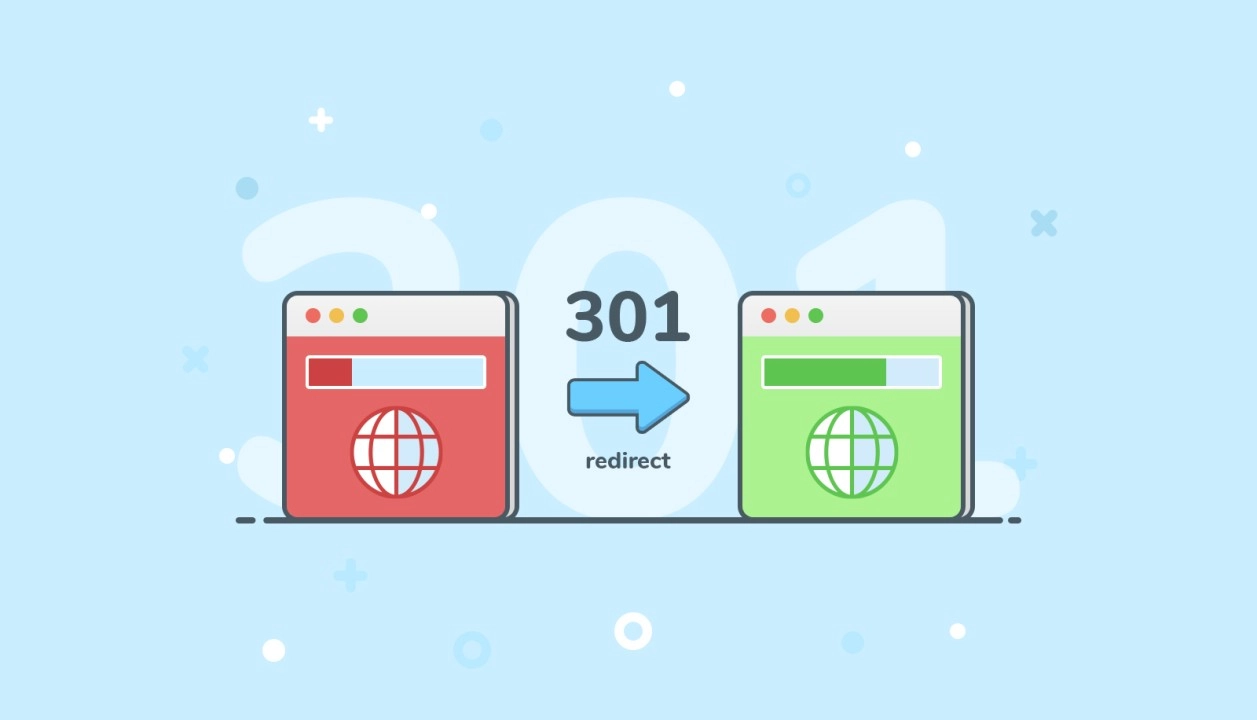What Is Duplicate Content?
This is a situation in which there is more than one web page showing the same or nearly similar content. This may be done either intentionally or unintentionally and, as experience has proven, can have a huge impact on SEO for a website.
Duplicate content occurs when the same content is found across multiple pages on a website. For instance, if there is publication of a blog post on the homepage and a blog category page as well, it would be considered duplicate content.
The content is nearly but not exactly identical, except in minor aspects. For example, for a given product, you have several product descriptions with marginally different wording or formatting. Another form of duplicate content is scraped content, which is content copied without permission from a website. Websites that scrape other sources will likely run into legal and SEO troubles.
Contrarily, dynamic content refers to the creation of content automatically based on what the user inputs or other factors. For example, if a website is set up to automatically generate product pages depending on varied search queries, the resultant content might be flagged as duplicated if it appears too similar.
Duplicate vs. Similar vs. Thin Content
Duplicate content refers to content that is a repeat of something, be it the whole content or near word-to-word repetition. Search engines punish duplicate content because it can confuse the algorithms and, hence, direct rankings downwards.
For example, it may include articles that are published on multiple pages by the same website. The second category of duplicate content involves bloggers who borrow someone’s work from the internet without permission. For instance, there could be a description that is the same for three different e-stores.
Similar content shares some similarities with another piece of content but is not an exact duplicate. Similar content does not incur search engine penalties but may still impact rankings if the quality is low or not unique enough.
Similar content would most likely be two blogs covering the same topic but from different angles or perspectives, a product description that is pretty much the same as others but with unique selling points, or a website publishing articles of the same category but with different angles or focuses.
Thin content refers to content that is lacking in terms of quality or the amount of value it offers to a user. It can range from brief articles to poorly composed pages that literally contain little content. Such thin content can also result in destroying rankings and creating negative user experiences that will be archived on search engines. The website needs to have quality content with a value-added perspective for the user.
Thin content would be an example of a blog post that has only three lines of words, a product page with very limited text and no images, or a website that is heavy with its pages of keyword-stuffed content.
This implies that the content must be unique; there should be canonical URLs to more than one version of similar content. The content must also not be stuffed with keywords, as user experience is one of the biggest factors affecting optimization.
How Does Duplicate Content Affect SEO?

Duplicate content is one of the most hurtful factors a site can face concerning its SEO. Here is how:
Confusion in Search Engines
With the presence of duplicate and identical content, search engines receive conflicting information and do not understand which one is the parent source, so they will index it. This becomes a source of confusion, and hence, search engine rankings are adversely affected. Consider a website having numerous pages that hold the same or identical content. The search engines are not able to identify the relevance of which page they need to return for a given search.
Penalties
In the most extreme form, penalties to the website could be incurred by search engines. These penalties cause a website’s search engine rankings to drop drastically, and it may lose its ability to drive organic traffic. Search engines want to deliver unique, valuable content to their users. Too much duplicate content runs directly against this rule.
Poor User Experience
Duplicate content leads to a bad user experience as visitors get irritated and confused. Users get frustrated when they come across the same pieces of information on different pages, leave the site, and bounce more. Duplicate content will confuse the users because they are unable to find what they want.
How to Identify Duplicate Content on Your Website?
Identifying duplicate content on your website is one of the crucial requirements to maintain a healthy SEO profile and also offer an improved user experience. The following are some of the ways that can be helpful for you in identifying and solving the problems of duplicate content.

Manual Inspection
- Thorough Review: Manually review all content on your website, including pages that look the same in terms of topic or purpose, such as product descriptions, blog posts, and landing pages. Also, check for instances of exact or nearly exact duplication of text.
- Keyword Research: Utilize a keyword tool to refine common words and phrases that are used frequently. Such usage can potentially lead to you being seen as a ‘duplicate owner.’
- Content Comparison: Look at the different sections of your website to identify similarities. Take note of the text, but also consider the overall structure of the content.
SEO Tools
- Dedicated Tools: Specialized SEO tools exist that are designed to identify duplicate content. They can scan your entire website and give you a detailed report on the occurrence of such duplicate content.
- Advanced Features: Advanced features include content similarity analysis and duplicate detection based on URL patterns, as well as traces of even the slightest patterns of duplicate content.
- Regularly Schedule Scans: You need to carry out regular scanning of your website in order to know about any latest detection of duplicate content.
Google Search Console
- Duplicate Content Warnings: Google Search Console can offer insights into duplicate content issues. Be on the lookout for any warnings or notices related to duplicate content in the dashboard within the Search Console.
- Index Coverage Report: Look through the Index Coverage report for pages that could have duplicate content. Among the errors or warnings listed, you might find some about duplicate content.
- Actionable Insights: Pay attention to the recommendations provided by the Google Search Console. These recommendations could help you eliminate problems such as duplicate content, thereby making your website rank better on the web.
By complementing manual inspection with SEO and Google Search Console tools, you can easily detect and address the occurrence of content duplicates on your website. Do not forget that duplicate content needs to be resolved first if you want to improve the SEO of your site and how users experience it.
Technical Fixes for Duplicate Content Issues

Now that you have identified duplicated content on your website, you will have to implement proper technical fixes designed to resolve the issue and improve your ranking on a search engine. Below are some of the common methods you can use:
Canonical Tags
Canonical tags are HTML elements that define the preferred copy of a page, informing search engines that other versions available are just duplicates of that page. This will prevent potential confusion and help search engines index the correct page.
301 Redirects
A 301 redirect permanently redirects a duplicate page to the preferred version, signaling that the content has moved. These help maintain link equity and avoid confusion.
Noindex Meta Tag
This meta tag will notify the search engine not to index a particular page. This can play a major role in avoiding duplication of content appearing in the search results pages.
URL Rewriting
URL rewriting may be helpful in making more user-friendly and search engine-friendly URLs for dynamically generated content. It helps avoid duplicate content, which reduces a lot of problems related to user experience.
Sitemaps
Sitemaps are lists of important pages on your website that you let the search engines know about, which makes their crawling and indexing of your content more efficient. Once again, this is helpful in avoiding the problem of duplicate content, as the search engines will index the correct version of the page.
Server-Side Rendering
Server-side rendering may actually reduce the occurrence of duplicate content problems as the same dynamic content would manifest in different ways based on the devices and browsers used.
Best Practices to Avoid Duplicate Content
Create Unique Content
- Original Content: This means that the content should not be copied and pasted from elsewhere. The content should not be rewritten.
- Value Proposition: Value should be generated for your audience. Your content should be able to give insights, solutions, or entertainment that make it meaningful in relation to what already exists.
- Depth and Detail: Ensure that the information presented is beyond the surface level. Try to deliver a lot of analysis, case studies, or expert opinions, as they are immensely valuable.
- Fresh Perspective: Bring out originality from your own point of view towards a subject. This makes the work unique and catches people’s attention.
- Avoid Plagiarism: Always give proper credit with references to avoid plagiarism. Of course, other people’s work without giving proper credit can also lead to not only legal but also reputational issues.
Use Multiple URLs
- Clear Outline: Divide your content into a logical structure based on categories or tags or any approach that helps differentiate URLs.
- Avoid Duplicate URLs: Be careful with dynamically generated content, which sometimes generates many URLs for one piece of content. Use canonical tags and other solutions for this problem.
- Descriptive URLs: Create descriptive URLs that describe the actual content of the page. This can help users understand it better and, thus, improve your rankings in the search engine.
- Internal Linking: Use internal links between related pages in order to have an accurate navigation structure. It helps you avoid problems with duplicate content and also improves the user experience.
Be Mindful of Dynamic Content
- Canonical Tags: Utilize canonical tags to recommend the preferred version of the dynamically generated page. Now, you are letting the search engines know which one to index and keeping them from crawling all this duplicate content.
- URL Rewriting: If there is any duplication of the website’s content caused by using parameter URLs, then you can use URL rewriting methods that make the content easier to read and more concise.
- Content Filtering: Develop mechanisms of filtering content so that dynamically formed content can be framed in such a way that will not produce too much duplication.
- Continual Monitoring: Keep scanning your websites for the dynamically created content that is causing the problem and resolve it accordingly.
Regularly Review and Update
- Content Auditing: A cycle of content auditing should be followed to eliminate the pages of less relevance or obsolescence.
- Content Freshness: Regularly update the information that is visible on these pages so they stay relevant and do not become outdated.
- Remove Irrelevant Content: Sometimes, good-quality content is no longer relevant and valuable. You can delete the content that no longer serves the purpose. Otherwise, this can create messiness, which may result in issues with duplication of content.
- Content Pruning: Periodic pruning of the content should be done to ensure that only valuable and meaningful information reaches the audience.
This dramatically reduces the likelihood of having duplicate content present on your website. It will enhance overall search engine ranking and offer a better user experience. Remember, prevention is better than cure, so be proactive in trying to resolve potential issues of duplicate content before they actually become issues.
The Bottomline
In a nutshell, it can be said that the complexities of duplicate content must be understood for the optimization of search engine ranking of a website as well as to enhance user experience. The presence of a proper strategy to identify, prevent, and counter duplicate content issues is beneficial in increasing the visibility of the website and helping bring more organic traffic to the website. Remember that writing unique, quality content, using proper technical security measures, and reviewing the content of your website periodically are key steps toward keeping an SEO-healthy profile without being negatively impacted by duplicate content.







